Special Report
Here Is Why Scientists Think There Is Life on Other Planets

Published:

From the time people were first aware of the vastness of the universe, we’ve asked ourselves this question: Are we alone?
We’ve walked on the moon, landed spacecraft on Mars, and sent satellites to the farthest planets in our solar system, which is about 5 billion years old. In recent years, astronomers have discovered many more galaxies and planets as well as exoplanets, which orbit stars outside of our solar system. And we have our antennae up at the SETI Institute (Search for Extra-Terrestrial Intelligence) to communicate with whomever is out there. These are the states with the most UFO sightings.
Even before we knew of the number of planets in the universe, famed physicist Enrico Fermi weighed in on the issue back in the 20th century with what became known as the Fermi Paradox, or the Great Silence. Fermi wondered that as vast as space is, how come we have not found extraterrestrial life, or why haven’t they found us?
24/7 Tempo may not be able to answer those questions, but we have compiled a list of reasons why scientists think there is life on other planets. We reviewed resource material from online sites such as futurism.com, nationalgeographic.com, livescience.com, and sciencedirect.com, and media sources to create our list.
Click here to see reasons why scientists think there is life on other planets.
An encounter with another life form would have significant cultural and religious implications for our planet. Are we alone? is as much an existential question as a scientific one. We’ve been told for hundreds of years that what makes humankind unique is that we are, indeed, alone. Much of that belief is based on what we had known to be the building blocks of life on Earth. Yet recent discoveries have caused scientists to reassess their theories on what is necessary to sustain life. Among these findings are that life can exist in environments that we would consider inhospitable, such as volcanic vents at the bottom of the ocean or in the vacuum of space.
“We do not know yet if there was only one genesis of life in the solar system, and whether life was a unique event in the universe, or is a general process,” said Bernard Foing, senior scientist at the European Space Agency, in an e-mail. “We have found a number of environments in the solar system where liquid water has existed (ancient Mars, sub-surface oceans in Jupiter’s moon Europa and Saturn’s Enceladus). We found exoplanets and planetary systems around other stars. With billions of exoplanets in our galaxy, with some of them with surface liquid water and ingredients, that could have the potential for life elsewhere.”
The more we seek answers to the Fermi Paradox, the more questions are raised: What will a life form look like if we find it? Will we even know if we find another being? Are we missing signals from other civilizations because we are on a different frequency? Has life come and gone on other planets because of cataclysmic events that someday might befall Earth?
We do know science will keep looking for those answers and perhaps answer the ultimate one — Are we alone?
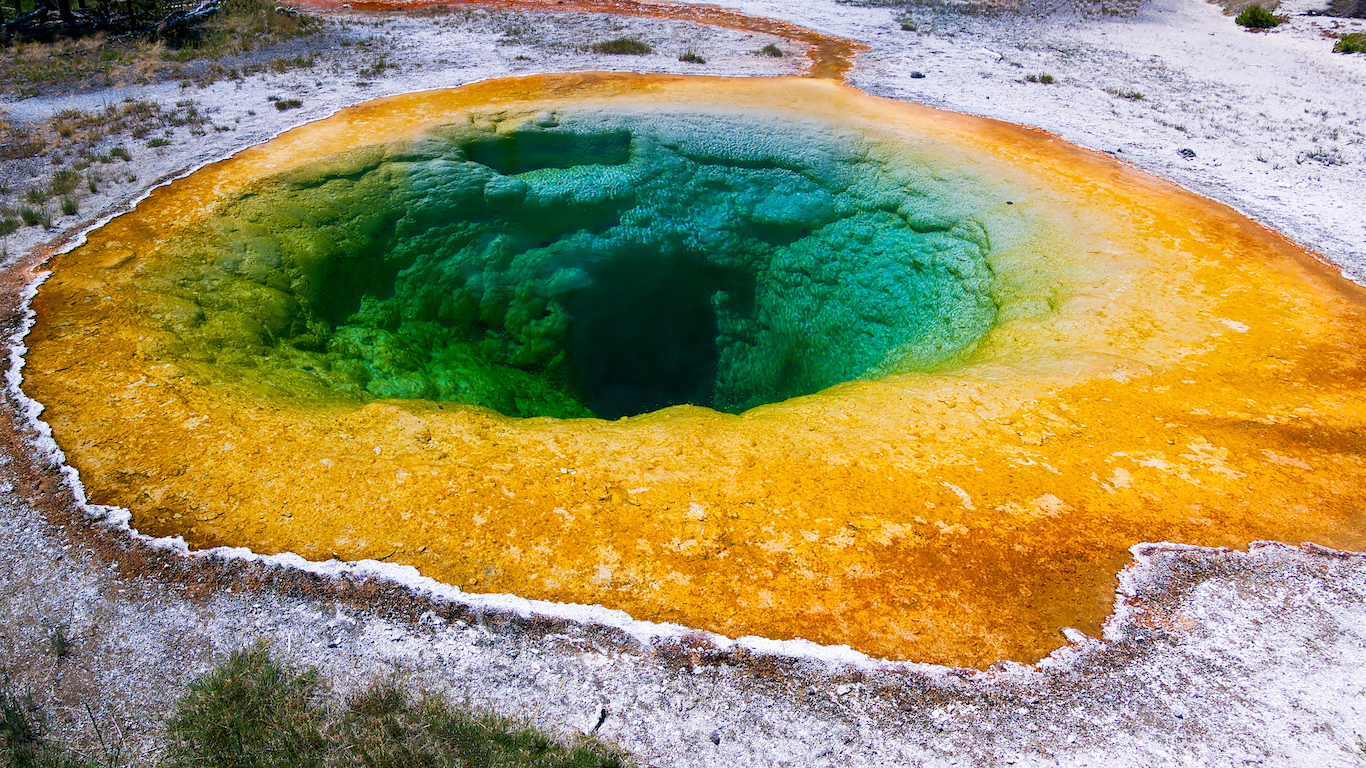
Extremophiles on Earth
Extremophiles are organisms that can survive in extreme conditions of heat and cold, environments dramatically different than those that sustain us. Humans have found creatures that are able to live without oxygen around vents in volcanoes at the bottom of the sea, in the unforgiving desert, in ice-covered lakes in the Arctic, and even in space — those creatures are called tardigrades and can exist in a vacuum. Scientists have had to reassess the requirements for extraterrestrial life following the discoveries of extremophiles.
[in-text-ad]

Evidence of chemical forerunners to life elsewhere
The precursors to life on Earth were organic compounds such as nucleic acids, proteins, and lipids in the atmosphere and in the ocean. These created chemical reactions that led to cellular membranes and an early version of DNA. Scientists have found evidence of these forerunners of life in other worlds.
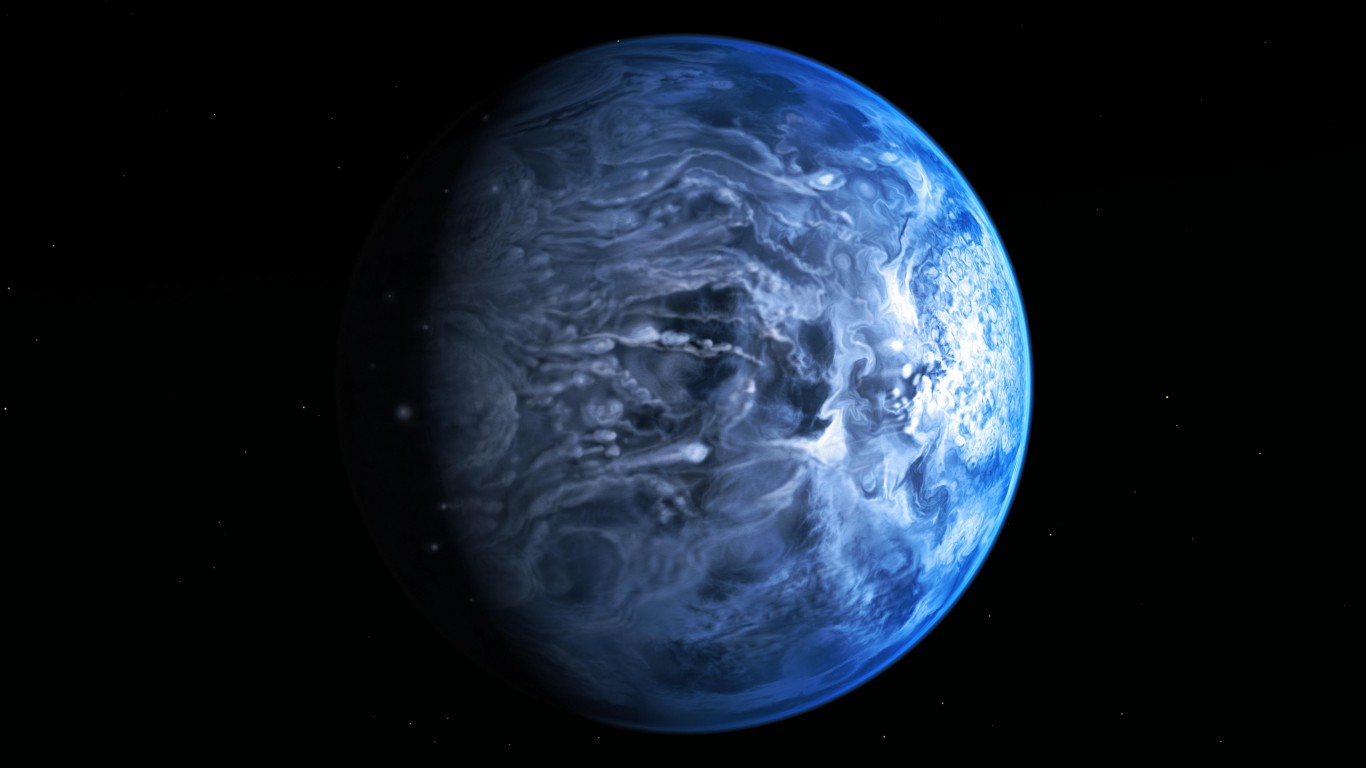
More planets like ours
Over the last decade astronomers have found hundreds of so-called exoplanets beyond our solar system, many of them with gaseous environments like Jupiter. Scientists have been able to detect smaller, rocky planets similar to ours as well as other planets in what is known as the “Goldilocks zone.” These planets orbit their stars at a distance that allows for temperatures similar to those on Earth.
In 2015, scientists found an Earth-like planet orbiting a star similar to our sun, which NASA scientists dubbed “Earth’s bigger, older cousin.” Planet hunters who had been searching for planets similar to ours named it Kepler 452b.
Two years ago, scientists announced that the Trappist-1 star, just 39 light years away, has seven Earth-sized planets orbiting it. Scientists said the solar system there looked similar to ours, and possibly contained three planets located in a zone that might be hospitable to liquid water.

Water on Mars
Some evidence has shown that water once flowed on Mars or still does, well beneath the surface or frozen in its polar ice caps. Evidence for water on Mars first appeared in 2000, when NASA satellite Mars Global Surveyor sent back images of gullies that appeared to have been formed by flowing water. A recent study said that if liquid water exists under Mars’ southern polar ice cap, it is because of volcanic activity.
The obstacles to life on Mars began billions of years ago. During the annual Mars Society meeting in 2016, Jennifer Eigenbrode, a biogeochemist and geologist at NASA Goddard Space Flight Center in Maryland, said for reasons not known, Mars lost its magnetic field, and with nothing to shield the planet from the solar wind, the planet’s atmosphere disintegrated.
[in-text-ad-2]

Jupiter’s moons
Scientists believe Jupiter’s moon Europa has a massive ocean. Astronomers using data gathered by NASA’s Galileo probe believe the amount of water beneath the icy surface of Europa is possibly two to three times more in terms of volume than Earth. Pictures and data collected by Galileo indicate Europa has a layered structure similar to Earth: a core with iron, a rocky layer, and an overlay of ice. François Poulet from the Institute of Space Astrophysics at the Université Paris-Sud in France said Europa’s surface resembles Antarctica’s sea ice. Other Jupiter moons Callisto and Ganymede might also have water.
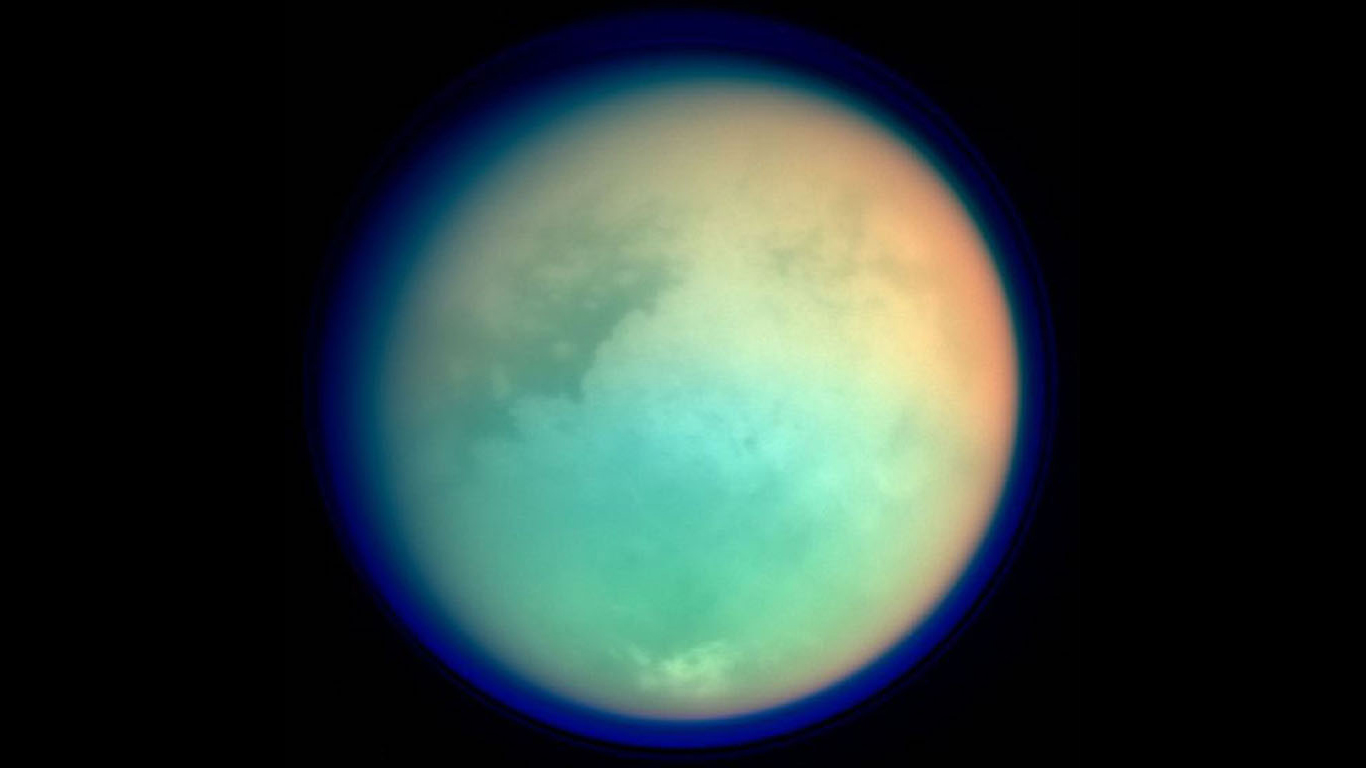
Saturn’s moons
Saturn’s moon Titan has methane and rivers coursing over its surface. Titan has lakes across its poles and is the only place other than Earth known to have a liquid on its surface. However, the lakes have a surface temperature of â180°C and contain ultracold ethane and methane. It is an open question if this environment could support life.
Another of Saturn’s moons, Enceladus, may contain water, based on data provided by NASA’s Cassini spacecraft.
[in-text-ad]

Evolutionary theory
Evolutionary theory suggests that where life can get a toehold, it will, because life adapts to its environment. And that can apply to other planets and beyond. Who’s to say we won’t meet beings that evolved in ways different to us?

Meteorites containing microbes
NASA scientist Richard Hoover raised eyebrows in 2011 when he published a paper claiming to have discovered fossil evidence for blue-green algae in carbonaceous meteorites from outer space. Cyanobacteria exist in water and are photosynthetic. This means that they convert carbon dioxide into organic compounds from energy derived from sunlight. In his research, Hoover identified filaments and structures he said resembled single-celled algae. Reaction from some scientists was skeptical.
Another episode involving meteorites that might contain life occurred in 1996. NASA scientists announced they had spotted possible signs of life in a meteorite from Mars that was found in Antarctica in 1984. The researchers suggested there might be microbial fossils in the meteorite known as Allan Hills 84001(ALH 84001) that struck Earth about 13,000 years ago. The claim triggered a scientific controversy. Further research indicated there were not fossils present in the meteorite.
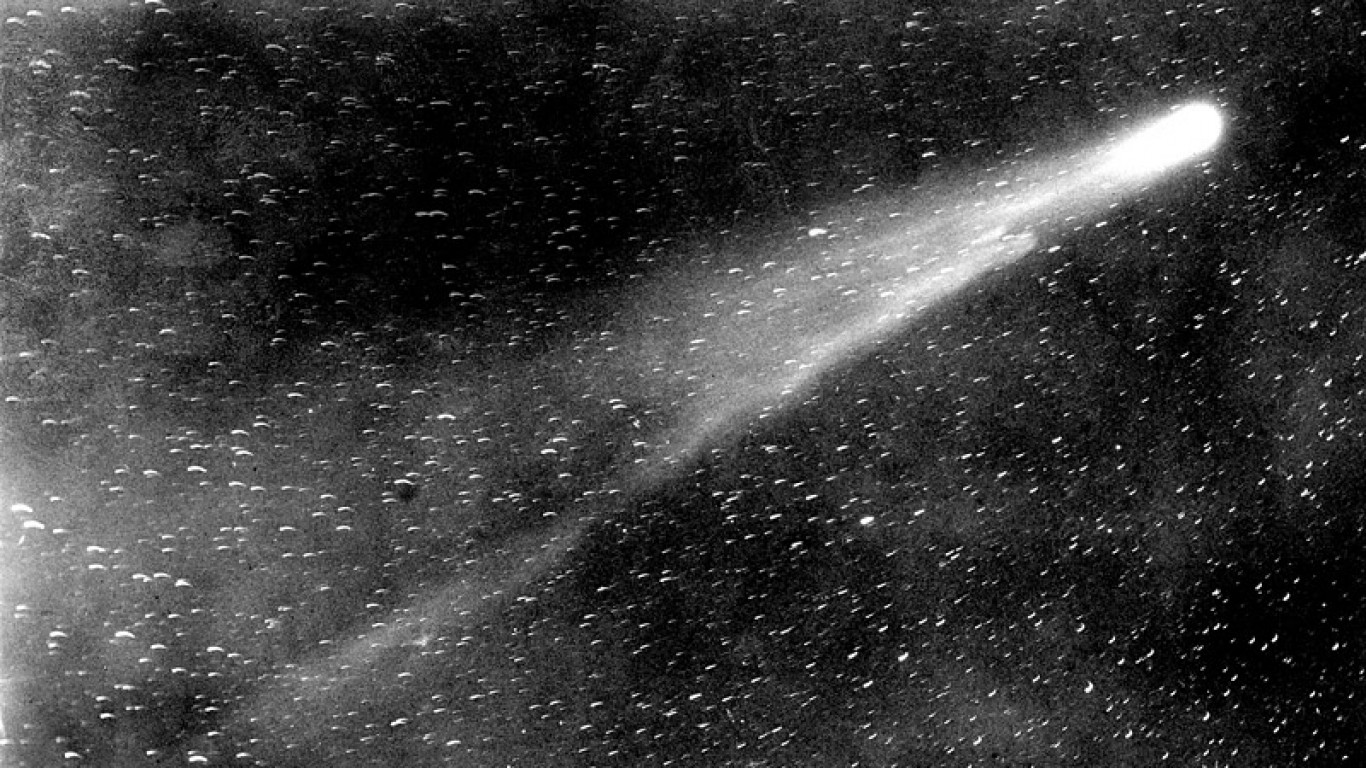
Comet impacts
Scientists from the Department of Earth and Environmental Sciences, Graduate School of Environmental Studies, Nagoya University, in Japan, published the results of their study on the role that comet impacts have had on Earth, and the impact they might have on other extraterrestrial bodies. Scientists Haruna Sugahara and Koichi Mimura found that comet impacts played a significant role in the chemical evolution of early Earth as a supplier of linear peptides. The study also focused on the importance of icy satellites formed by comet accumulation, which the scientists say are prime areas for missions seeking extraterrestrial life.
[in-text-ad-2]
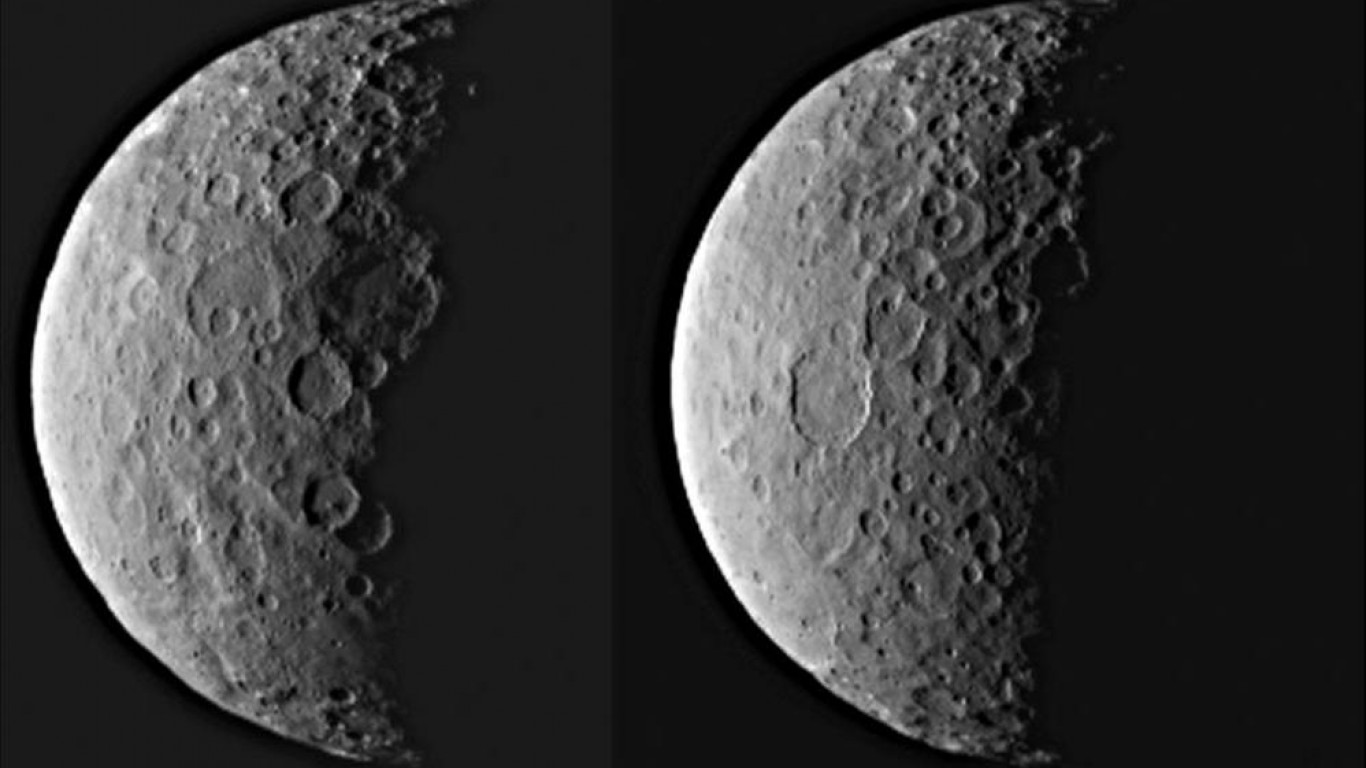
Water on dwarf planet
The dwarf planet Ceres is the only one located within the solar system and is the size of Texas. Scientists found evidence that areas of water existed near its surface for millions of years. Their findings were based on observations of the dwarf planet’s Occator Crater made by NASA’s Dawn spacecraft, which studied Ceres from March 2015 to October 2018. Dawn team members said salts left behind in the crater occurred when briny water boiled off.
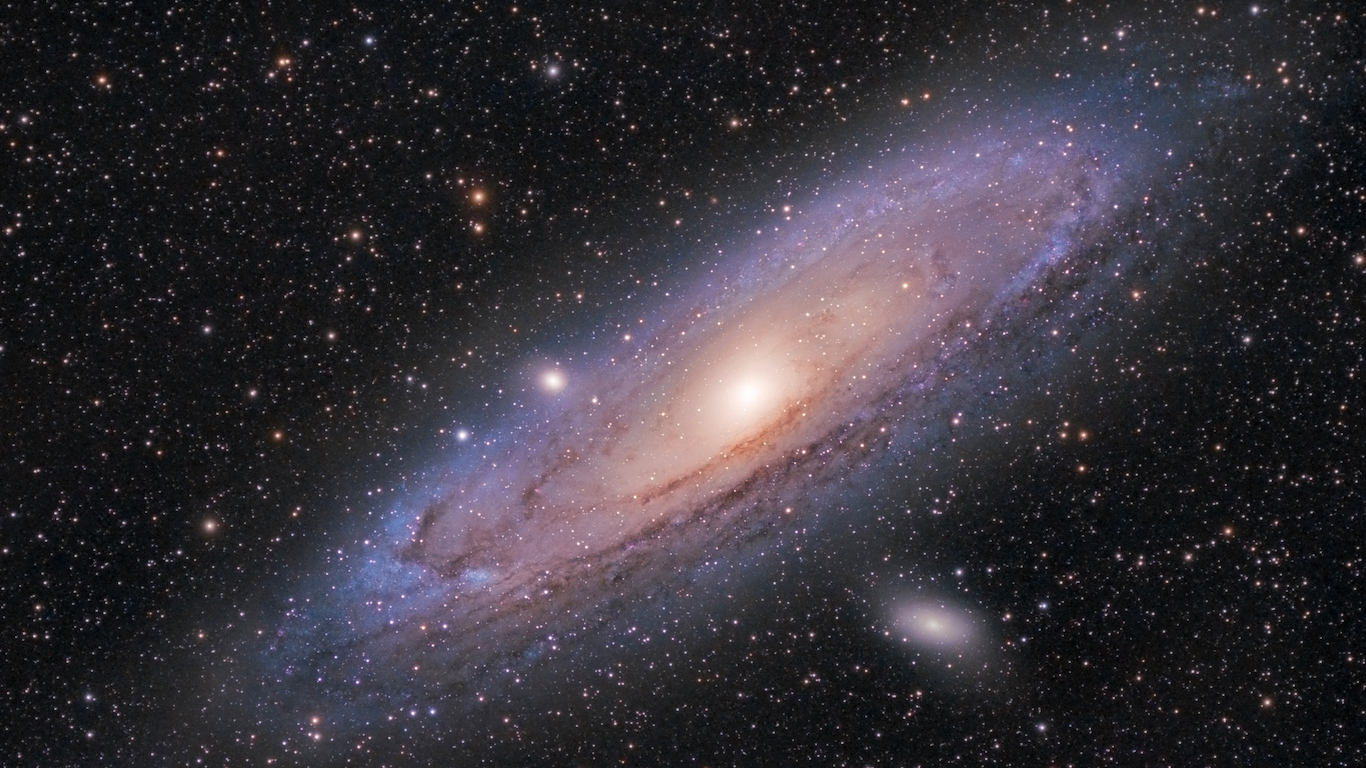
Beyond the Milky Way
Researchers say galaxies larger than our Milky Way could play host to as many as 10,000 times as many habitable planets. In the last several decades, astronomers have discovered about 1,900 planets that orbit stars that are not our sun. Scientists have analyzed more than 140,000 neighboring galaxies and found that the most habitable kind of galaxy was one rich in metals, at least twice as massive as the Milky Way, and with less than one-tenth of its rate of star formation. They say this galaxy type could host 10,000 times as many Earth-like planets as the Milky Way.
[in-text-ad]

Aliens trapped on planet
Some scientists have considered the possibility that aliens are trapped on super-planets. These are cosmic bodies with a mass many times that of Earth. If a super-planet had a mass many times that of Earth, it would have an escape velocity 2.4 times greater than our planet, making it nearly impossible for a rocket to overcome its gravitational pull. At least, that is the case with the propulsion capacity of a rocket created by humans. Some scientists think if aliens do inhabit these super-planets and are confined to them, they would focus on using radio telescopes for interstellar communication.
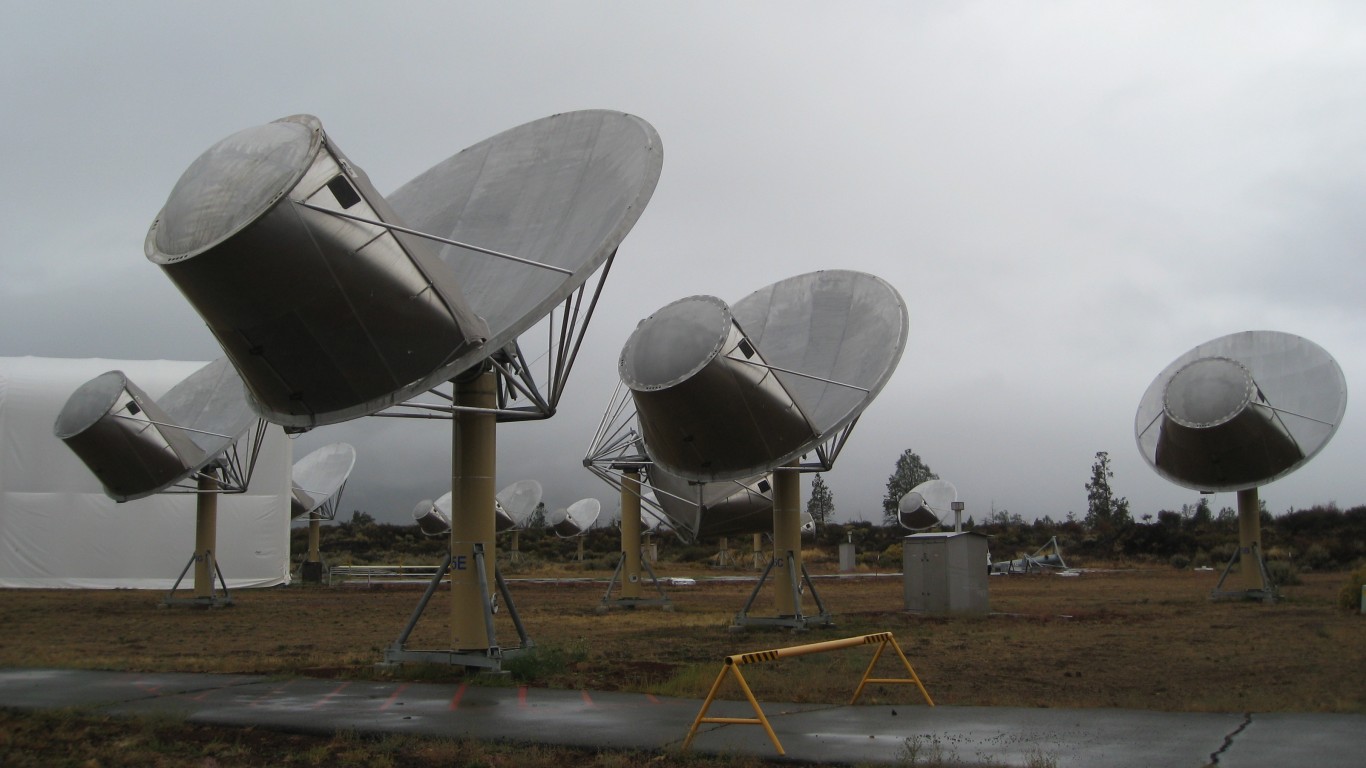
Signal from afar
The SETI Institute (Search for Extra-Terrestrial Intelligence) uses radio frequencies and the world’s largest radio telescopes to try and contact other life forms. Humans have only been searching for extraterrestrial life since the latter decades of the 20th century, when technology made the search more feasible. Most of the signals have been written off as human-generated interference or a passing satellite. There was one enticing exception. On Aug. 15, 1977, Ohio State University’s Big Ear Observatory received a signal that has yet to be explained. It has come to be known as the “Wow signal” because it lasted over 1 minute, prompting astronomer volunteer Jerry Ehman to write WOW! on the printout of the signal.
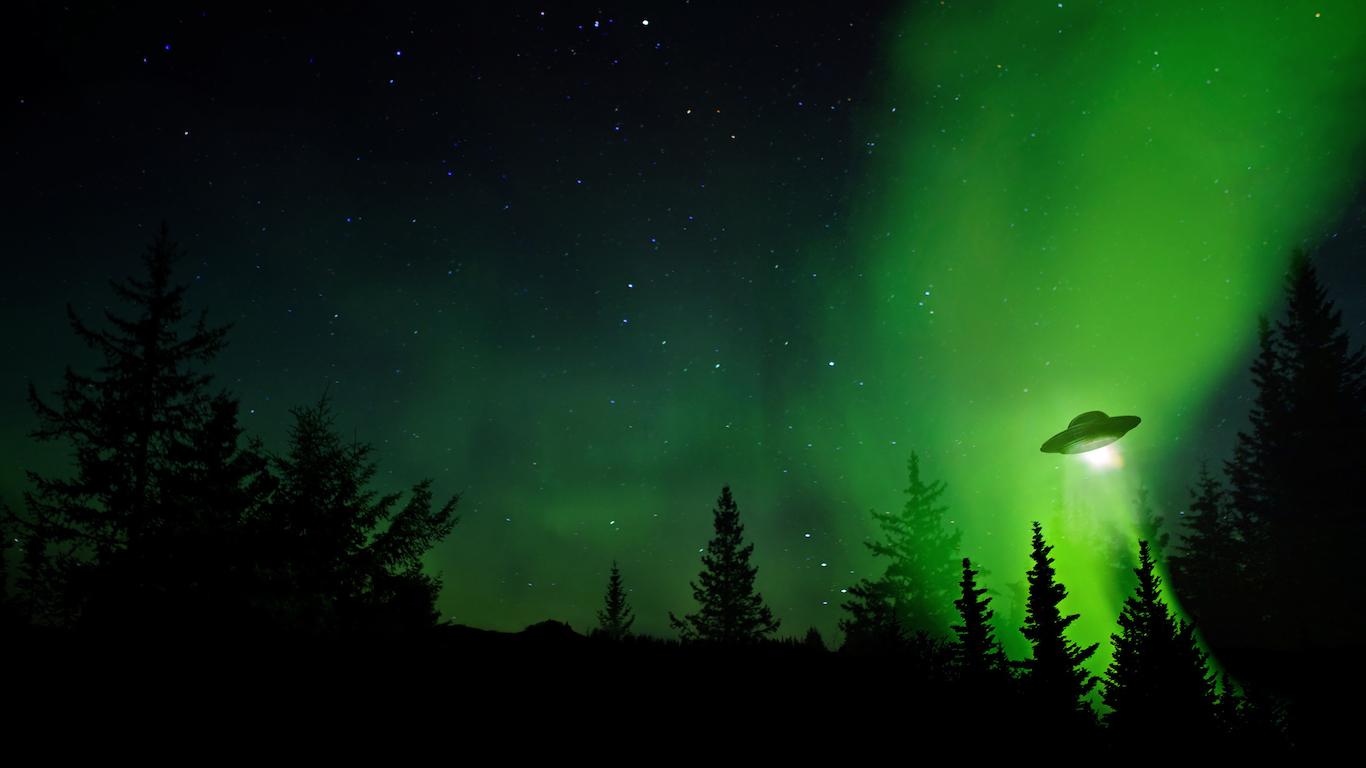
Alien arrival
Some people think not only is there life on other planets but that we’ve been visited by extraterrestrials. About half of Americans surveyed think so. They’re convinced by the alien abduction stories, supposed photographic and filmed evidence, even images carved on ancient structures depicting what they believe are alien visitations. Even goofy hoaxes like the bogus alien residing in a museum in Roswell, N.M., where a flying saucer was said to have crashed more than 70 years ago, have not deterred believers in aliens.
[in-text-ad-2]

Hibernating aliens
Some scientists float the theory that extraterrestrial life is out there, but does not wish to be disturbed, like earthly animals hibernating for the winter. This is called the “aestivation hypothesis” — aestivation refers to an organism’s state of prolonged inactivity. This theory was put forth by researchers from Oxford’s Future of Humanity Institute and the Astronomical Observatory of Belgrade and maintains that aliens may be “hibernating” until environmental conditions are right to become active.
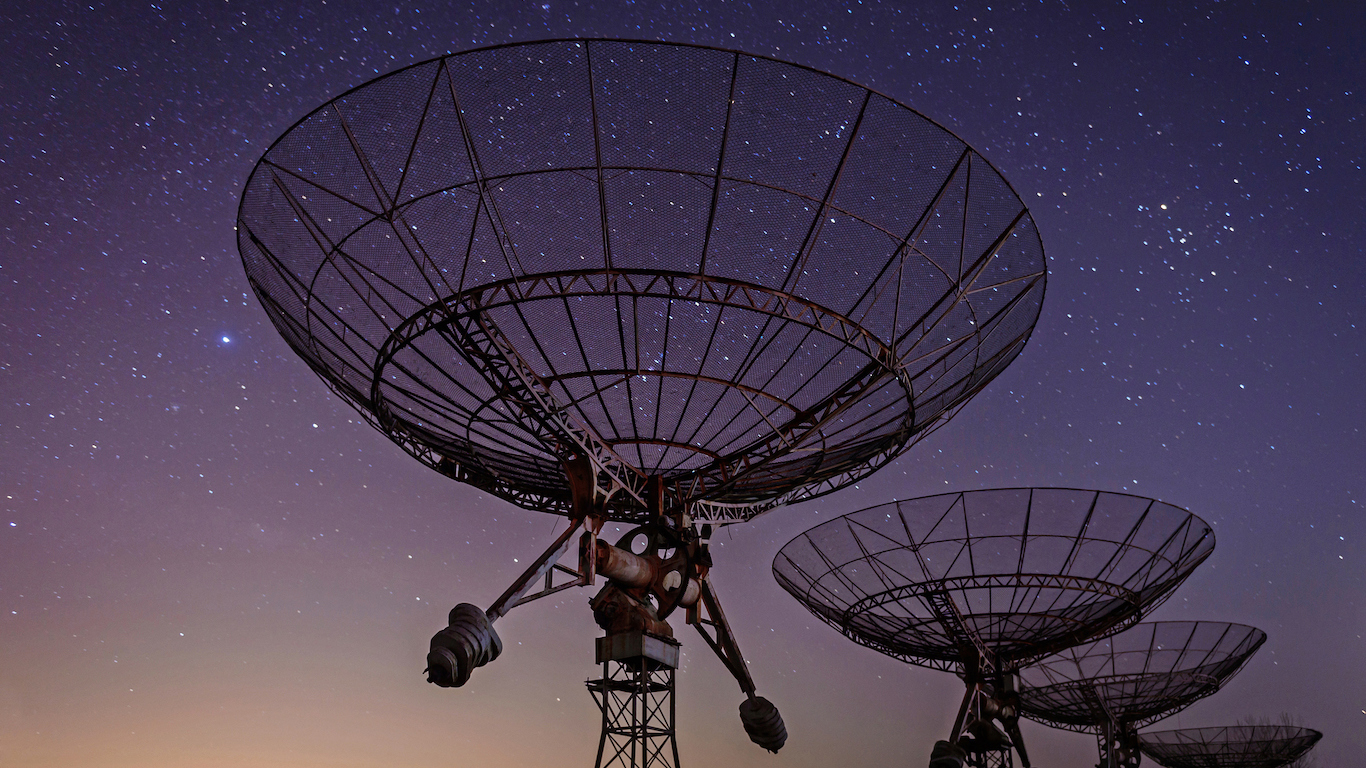
We just started looking
We humans are an impatient lot; we’ve only been actively looking for extraterrestrials within the last century, a mere eyeblink in time. Evan Solomonides, a researcher at Cornell University, says it could be about 1,500 years before E.T. phones us, according to a paper submitted to the American Astronomical Society in 2016. After examining the probability of life, Solomonides said, “We predict that under 1 percent of the galaxy has been reached at all thus far, and we do not anticipate to be reached until approximately half of the stars/planets have been reached.” He adds, “Human communication has not reached a number of stars and planets adequate to expect an answer.” Briony Horgan, a professor of earth, atmospheric and planetary sciences at Purdue University, offered the opinion that whatever civilization humans are seeking may not be actively transmitting signals for communication.
[in-text-ad]

Astrobiology
Astrobiology is the study of the origin, evolution, distribution, and future of life in the universe. Some have said the field is as much philosophy as science; however, it is an emerging area of exploration. Scientists are more convinced that organisms don’t require milder surface environments to survive because of discoveries of so-called extremophiles that exist in extreme conditions such as volcanic vents under the sea. That has given more impetus to the field of astrobiology. To underscore its importance, a report from the National Academy of Sciences (NAS) urged NASA to make the search for life beyond Earth an integral part of its exploration missions.

Looking for robots
Maybe we should be searching for robots. That’s what futurist Seth Shostak believes, and that we should be recalibrating our search for intelligent life in the universe to improve the odds of finding others. He thinks an advanced alien culture may be led by intelligent robots. Instead of searching for habitable planets and looking for a civilization analogous to ours, maybe we should focus on places likely to host machines. Shostak thinks those are locations with lots of energy, such as galaxy centers.

Areas of optimism
Besides the moons of Jupiter and Saturn, and the possibility of water on Mars, scientists think other places might be habitable because they are rocky and located in a section of a star’s orbit called the “Goldilocks zone” — not too cold and not too hot, and just right for water to form on the surface. Those places include: Proxima B, the closest exoplanet ever discovered; LHS 1140b, which is about seven times the mass of the Earth; Ross 128 b, which circles an inactive red-dwarf star and is not likely getting bombarded with solar radiation; and GJ 1214b, which has indications of cloud cover, a hopeful sign it has an atmosphere.
[in-text-ad-2]
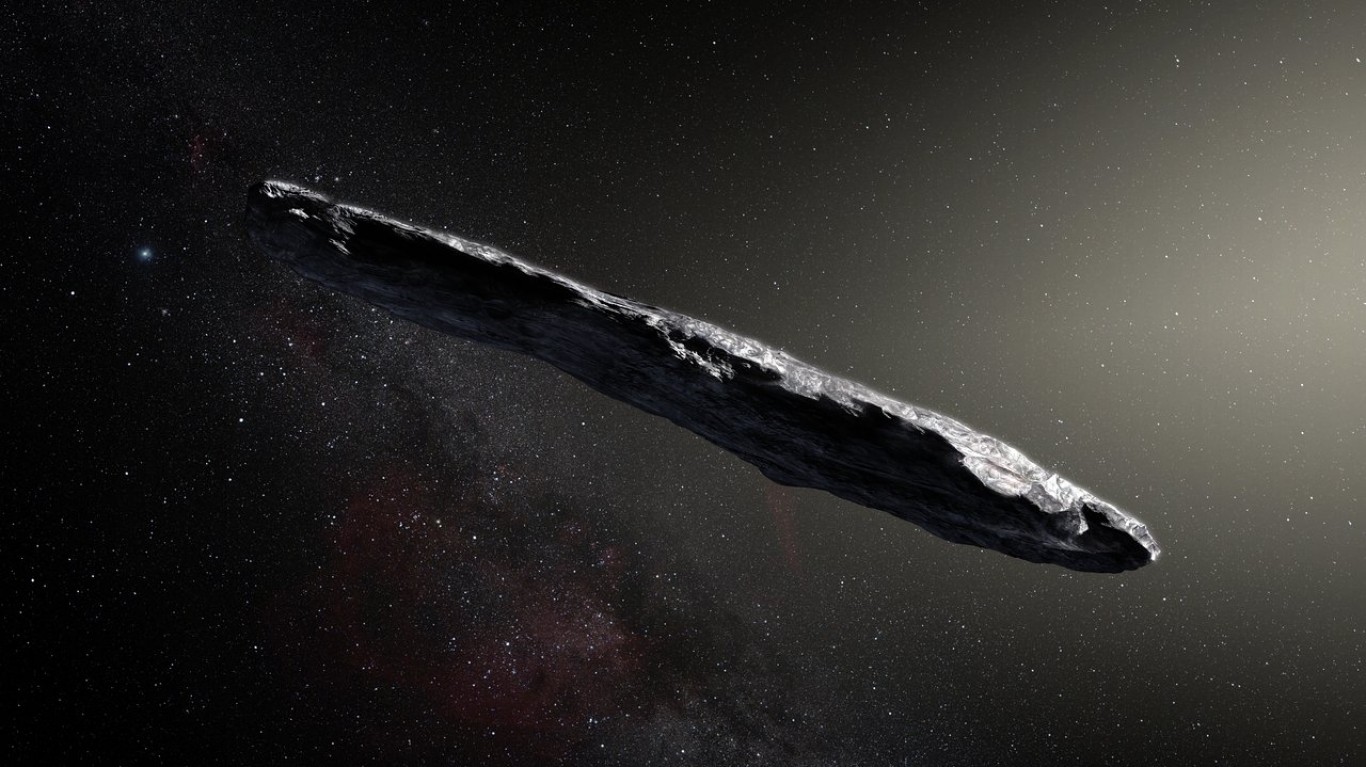
Massive UFO?
You might remember “Oumuamua,” which means “first messenger” in Hawaiian, that drifted into our solar system, the first interstellar object to do so. UFO and extraterrestrial enthusiasts were beside themselves over the cylindrical object whose shape matches the descriptions of alien spacecraft. The object did not issue any unusual signals, according to the SETI Institute (Search for Extra-Terrestrial Intelligence) and the Breakthrough Listen initiative. Astronomers such as Greg Laughlin at Yale University weren’t as mystified. He said there are probably trillions of objects just like Oumuamua floating through the universe.
Credit card companies are at war, handing out free rewards and benefits to win the best customers. A good cash back card can be worth thousands of dollars a year in free money, not to mention other perks like travel, insurance, and access to fancy lounges. See our top picks for the best credit cards today. You won’t want to miss some of these offers.
Flywheel Publishing has partnered with CardRatings for our coverage of credit card products. Flywheel Publishing and CardRatings may receive a commission from card issuers.
Thank you for reading! Have some feedback for us?
Contact the 24/7 Wall St. editorial team.